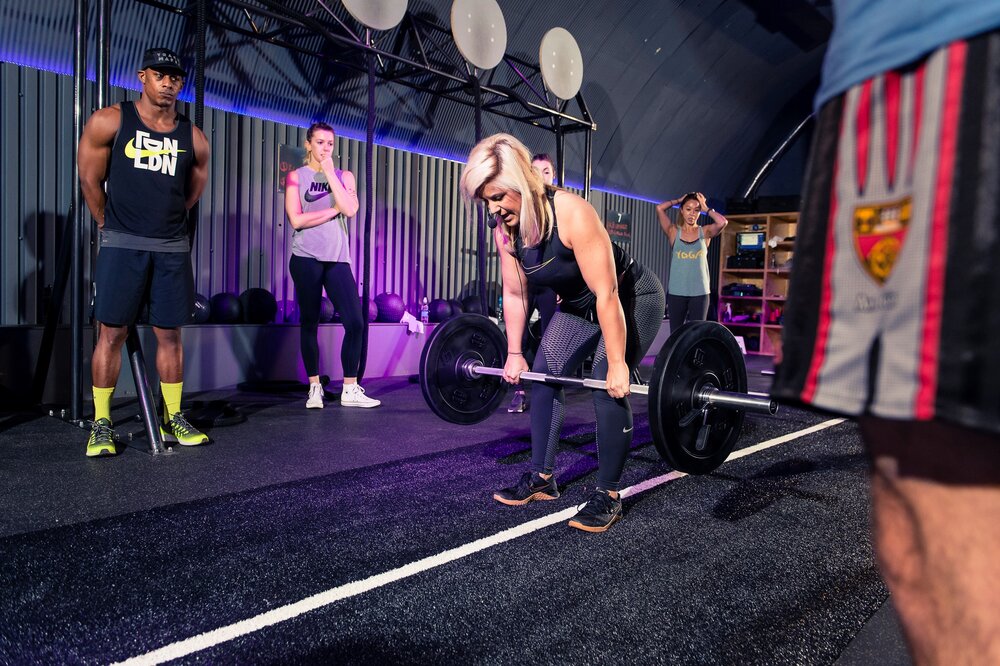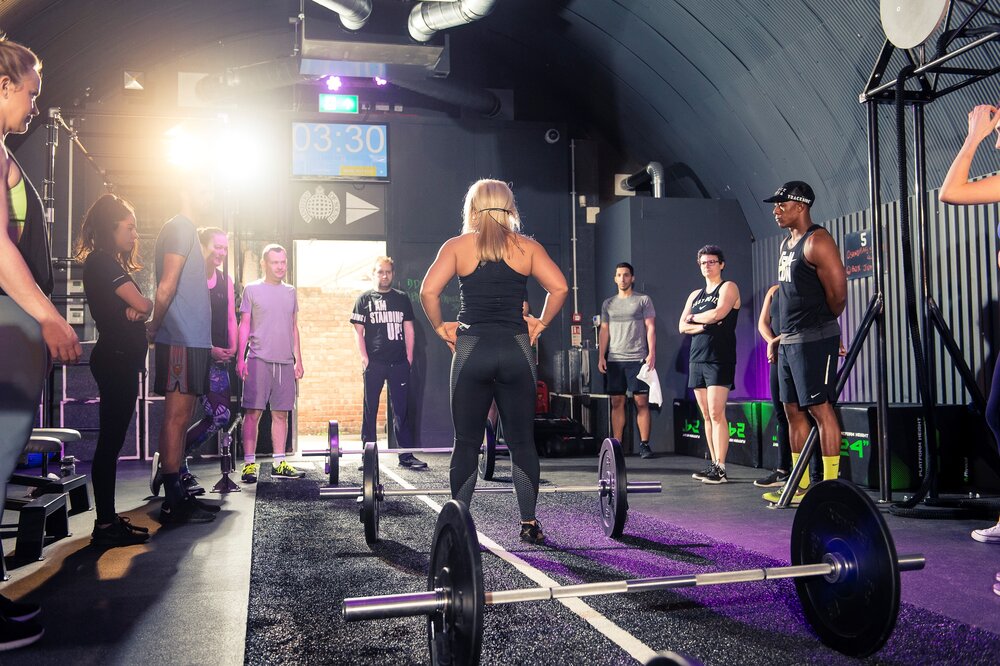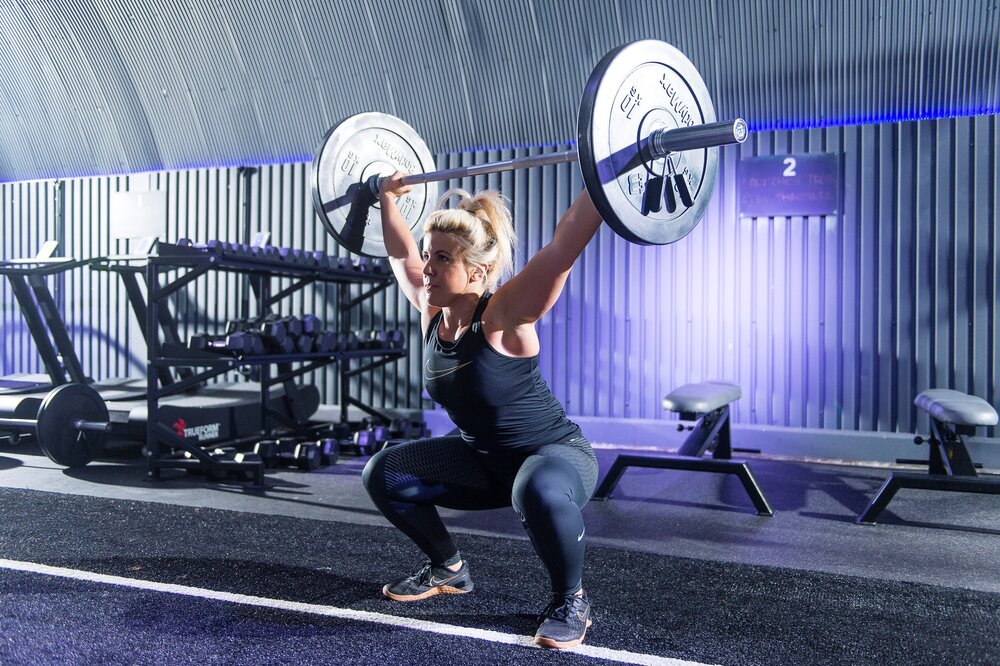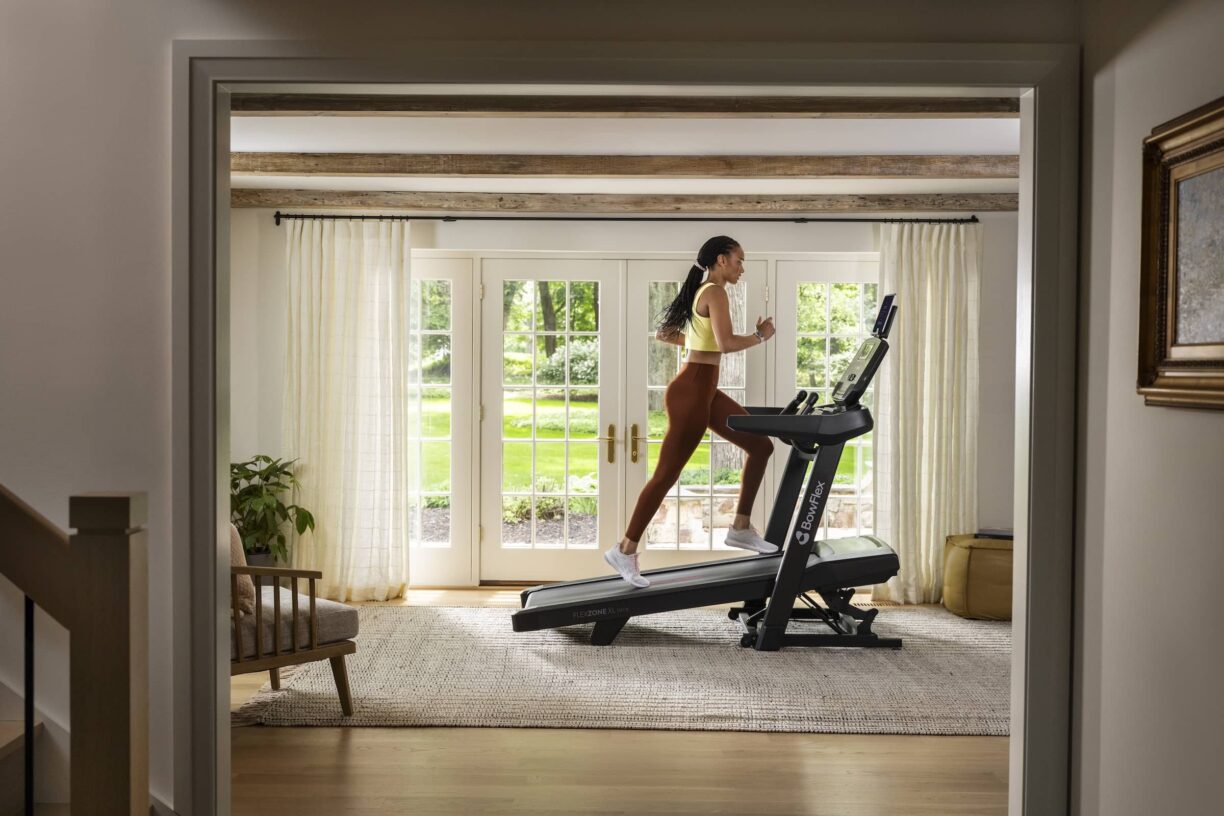My hands are sweating as I grip the smooth barrel of a barbell weight and huff the beast to my thighs, a movement that feels totally alien to me.
The weights room is something I’ve always avoided at gyms, for fear of feeling like an outsider, but I’m soon finding that pushing myself out of my comfort zone can be seriously rewarding.
As someone whose fitness poison of choice has always been at the lighter end of the spectrum (yoga, Pilates and ballet barre), I can confidently say the most I’d previously ever deadlifted is a full bin bag on the way out of my flat, after a particularly bottle-heavy dinner party the night before.
Yet here I am, managing to puff my way into lifting my first 20kg. I’m at Lifted, a specialist fitness class based in London, that teaches women the correct form and technique for lifting weights.
The class isn’t exclusively gendered, but the women learning alongside me easily match the number of men. That’s thanks, in part, to its creator Laura Hoggins (@bicepsandbronzer on Instagram), a strength and conditioning trainer with a passion for getting other women into pumping iron.

The London-based PT says she first found the joy of lifting weights back when she was working in a corporate career, and fate happened to throw a CrossFit studio across from her office. “I spent months trying to improve, learn and get faster and fitter. As a result, I felt better at work, I slept and ate better, and I dealt with stress and anxiety more calmly,” she recalls.
These positive life changes are the reason she eventually decided to quit her full-time office job to become a personal trainer: “I discovered this ‘thing’ that changed my life, and I wanted to share it with others.”
Hoggins is one of the thousands of women who have discovered the physical and mental benefits of resistance training. With more options for female weightlifters popping up all over the country – from meetups and tutorials to beginner-friendly classes – the gender scales are finally tipping to a more balanced point in the gym.
A survey found that, in 2011, just 0.9% of women used weight training for fitness, and although there are no more recent statistics yet for comparison, you only have to look around your local gym to notice the change. Instagram is also adding to the appeal of lifting heavy and training hard.
As well as Hoggins (who also teaches strength classes at London gym KXU), prominent figures like Christmas Abbott, Elisabeth Akinwale and Chloe Madeley are showing just how accessible weights can be, while a budding community of female fans are finding each other through hashtags like #womenwholift and #quadgoals.
The shift in mood is unsurprising when you look at the myriad of health benefits behind the trend; as well as building muscle, increasing bone density and lowering blood pressure, studies have found that strength training can help improve posture, sleep, mood and energy levels.
As well as burning fat and boosting your metabolism, Hoggins believes that repping weighted moves can also help you to torch calories more efficiently, saying: “It might seem like a cardio class burns more, but because of the intense recovery your body goes through after a strength session, you actually continue to burn calories for hours after you’ve left the gym.”
She admits that there’s also an addictive element to it that appeals to her inner warrior: “Lifting something you didn’t think you could… it not only makes you look like a boss, you feel like one too.”

While she’s optimistic about the gains women are making, Hoggins knows there’s still plenty of distance to cover. Last year, for instance, fitness blogger Kelsey Wells spoke out over Instagram after she received sexist criticisms and body-shaming comments about her muscular physique.
“Comments along the lines of, ‘You’re looking manly’, or, ‘Careful you don’t want to be bulky’, or, ‘Weightlifting isn’t feminine’, never cease to amaze me,” she told her 1.4 million followers. “I choose not to respond to negativity, but I do have something to say about this and I want to say it loud and clear: The only thing a woman needs to be beautiful and feminine is to be herself.”
The argument that women should avoid weights for aesthetic reasons is something that frustrates many of its ambassadors. “People just saying that lifting weights will make you bulky drives me mad,” says Hoggins. “Lifting weights, combined with a strong mix of cardio, mobility, nutrition and recovery, will deliver you a strong and lean physique, and despite some of the myths, it’s not going to make you bulk up – that would require a significant calorie surplus alongside your training.
“Even for men, who have significantly higher levels of testosterone to support muscle development, it takes a lot of lifting and a lot of eating to gain mass.”
The Lifted class drills through a circuit of weights, building my confidence with the apparatus while showing me how to correctly deadlift and squat, incorporating everything from kettlebells and dumbbells to barbells. The endorphin high is amazing, and I’m fast learning why so many women are curious about trying resistance training.
Hoggins says it’s impossible to ignore that things have really changed over the past few years, but that the new sense of body-positivity is something we should all harness.
“I spent the first year of being a PT, trying to explain myself to people who didn’t understand what or why I was weight training. Especially as a female, it hasn’t been necessarily encouraged; the stereotype makes us out to be cardio junkies, spending hours on the cross trainer. The weights area can be full of men and pretty intimidating if you aren’t confident in that environment.
“Now women are better educated in what they can do as part of a broader training regime, mixing both cardio and resistance training, to get a lean, strong and toned physique,” she adds. “These days, I regularly see women deadlifting more than the men, and it’s super empowering.”





